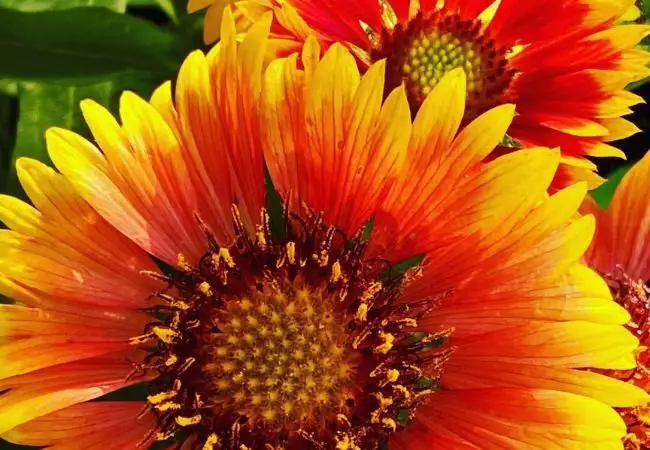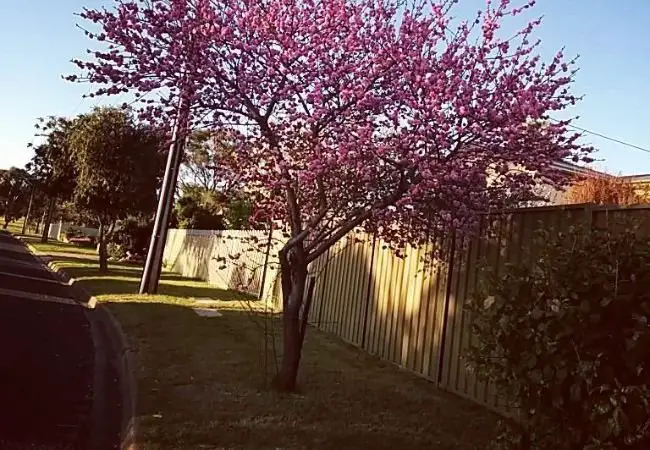Discover the best Oklahoma flower seeds to plant in fall for vibrant spring blooms. Learn October planting tips, native wildflowers, and expert advice from a 10-year gardening pro!
As a gardener with over 10 years of experience tending to Oklahoma’s unique soil and climate, I’ve learned that fall is the secret weapon for a breathtaking spring garden. While many folks pack up their tools after summer, September through October is prime time to sow seeds that thrive in our state’s mild winters. Let me share my favorite Oklahoma flower seeds to plant in fall, along with tips I’ve gathered through trial, error, and plenty of muddy boots!
Why Fall Planting Works in Oklahoma
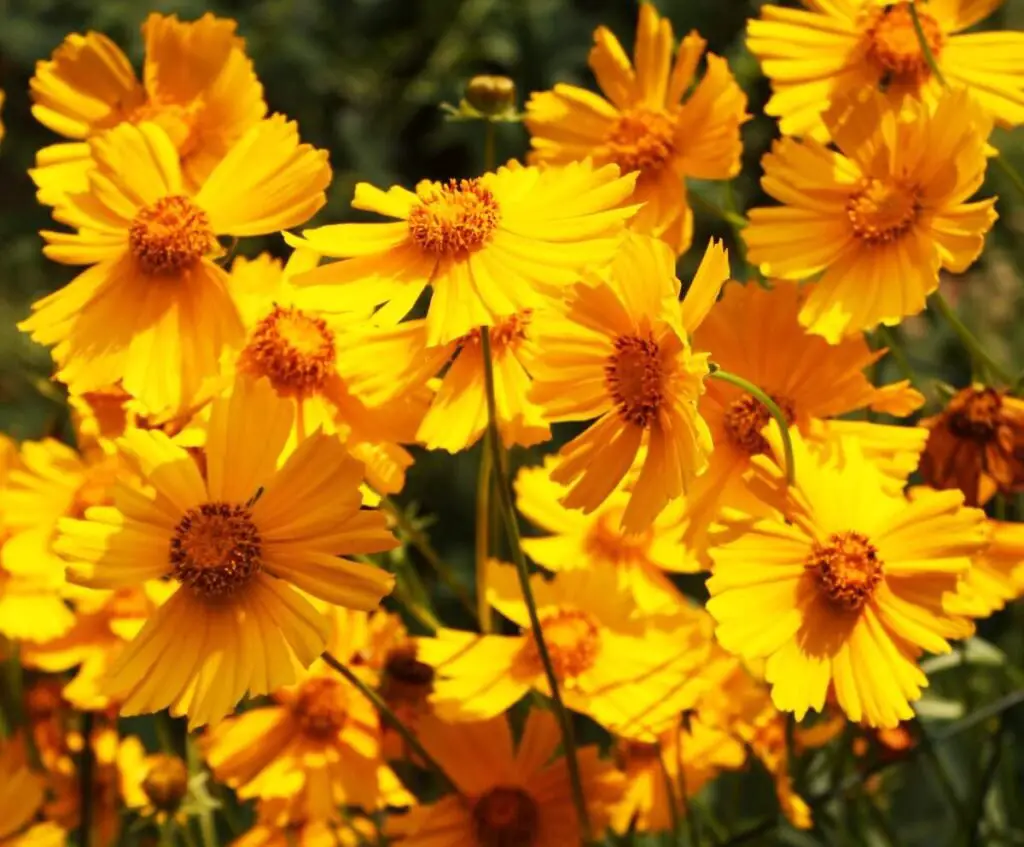
Oklahoma’s climate—hot summers, mild winters, and unpredictable springs—creates the perfect conditions for fall planting. Cooler autumn temperatures allow seeds to establish roots without summer’s scorching heat, and winter rains (or occasional snow!) keep them hydrated. By spring, these hardy plants burst into color faster than those sown in March.
Fun fact: Many native Oklahoma wildflowers actually require a cold period to germinate. Planting in fall mimics their natural lifecycle!
Top 10 Flower Seeds to Plant in Fall in Oklahoma
1. Blanket Flower (Gaillardia pulchella)
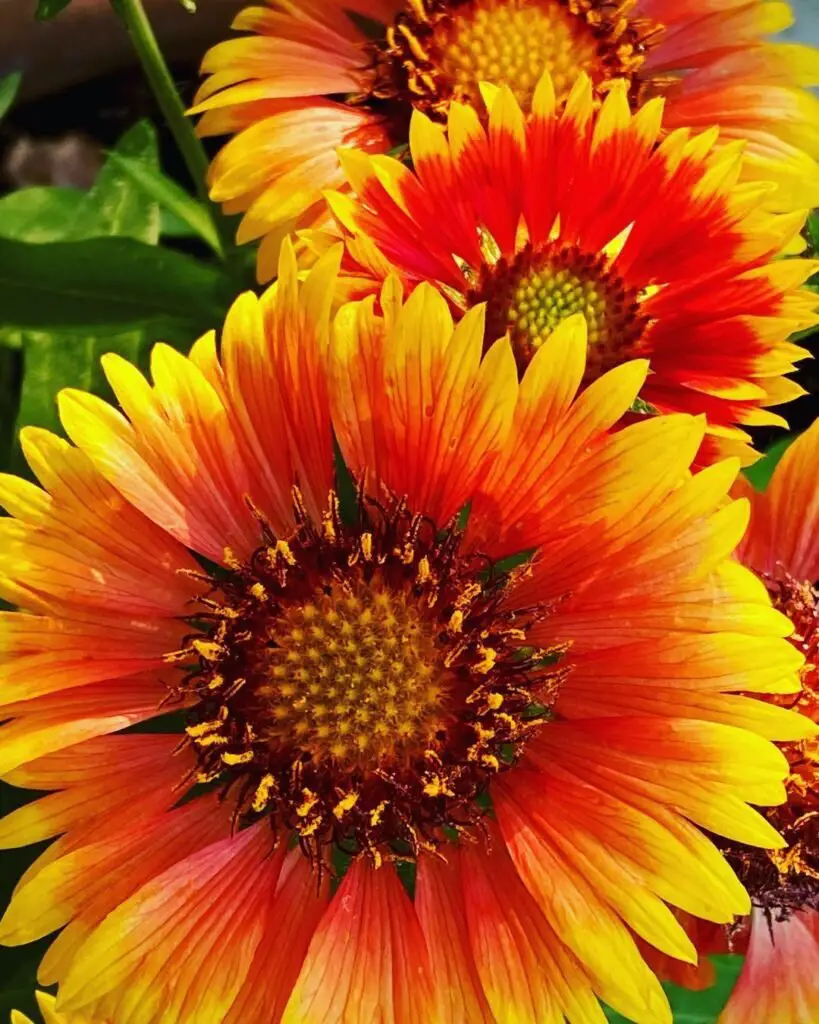
This fiery red-and-yellow wildflower thrives in poor soil (perfect for Oklahoma’s clay-heavy earth!). I’ve had success sowing seeds as late as mid-November.
2. Purple Coneflower (Echinacea purpurea)
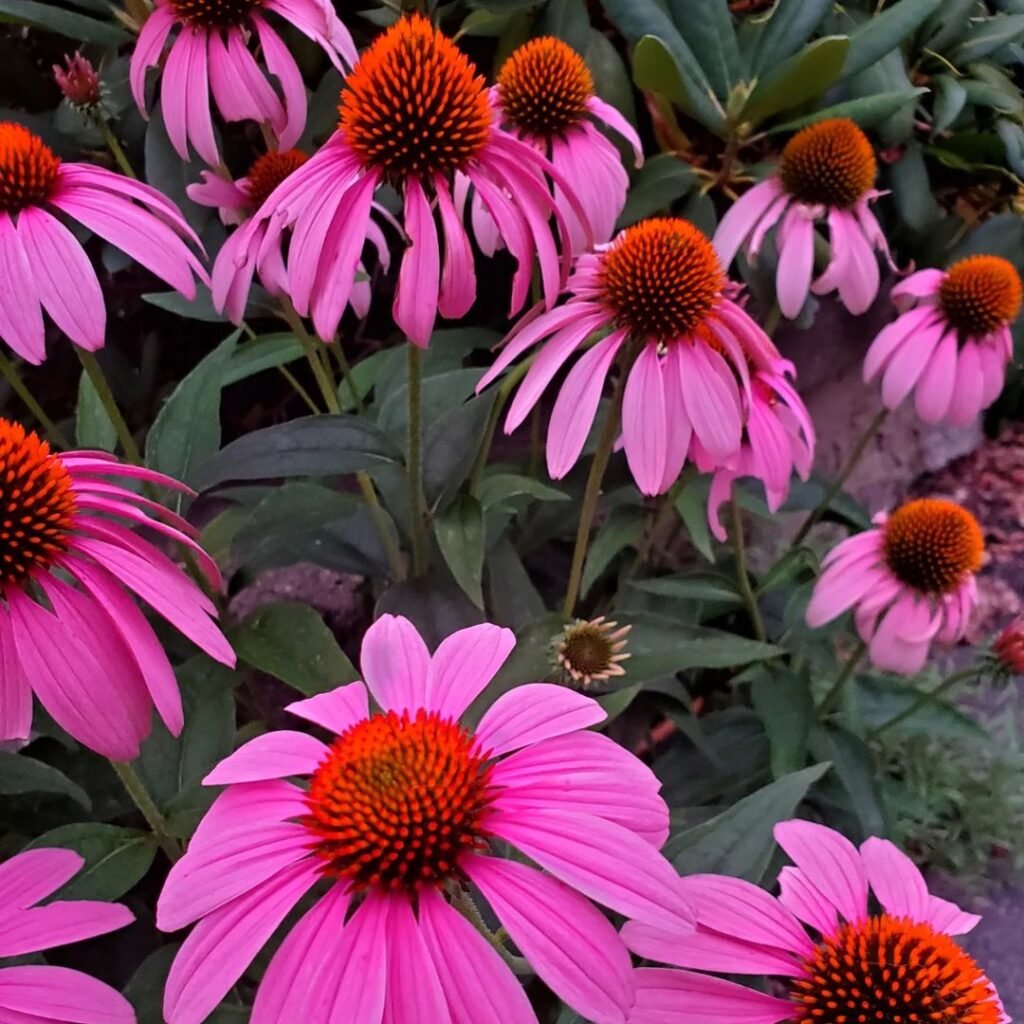
A magnet for butterflies and a natural cold remedy, coneflowers are a must. Plant seeds ¼ inch deep and mulch lightly.
3. Black-Eyed Susan (Rudbeckia hirta)
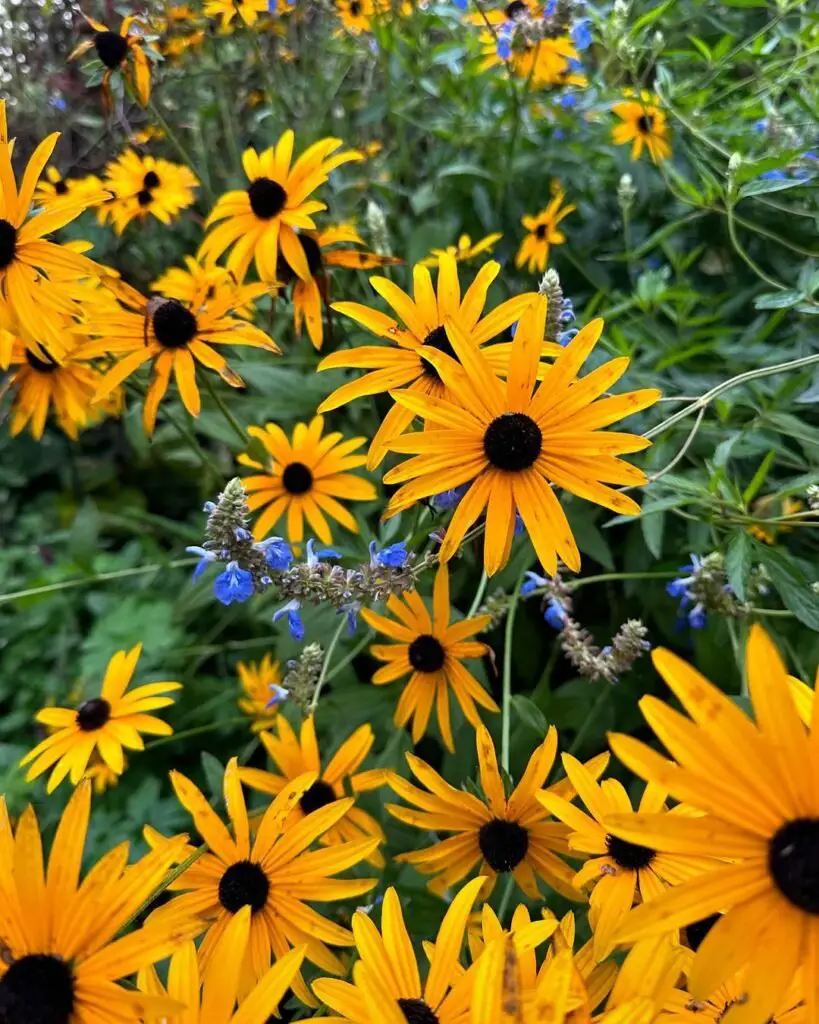
A staple in my garden, these golden blooms are drought-tolerant and attract pollinators. Scatter seeds in October, and they’ll reward you with cheerful flowers by June. Pro tip: Pair them with native grasses for a prairie-inspired look.
4. Columbine (Aquilegia)
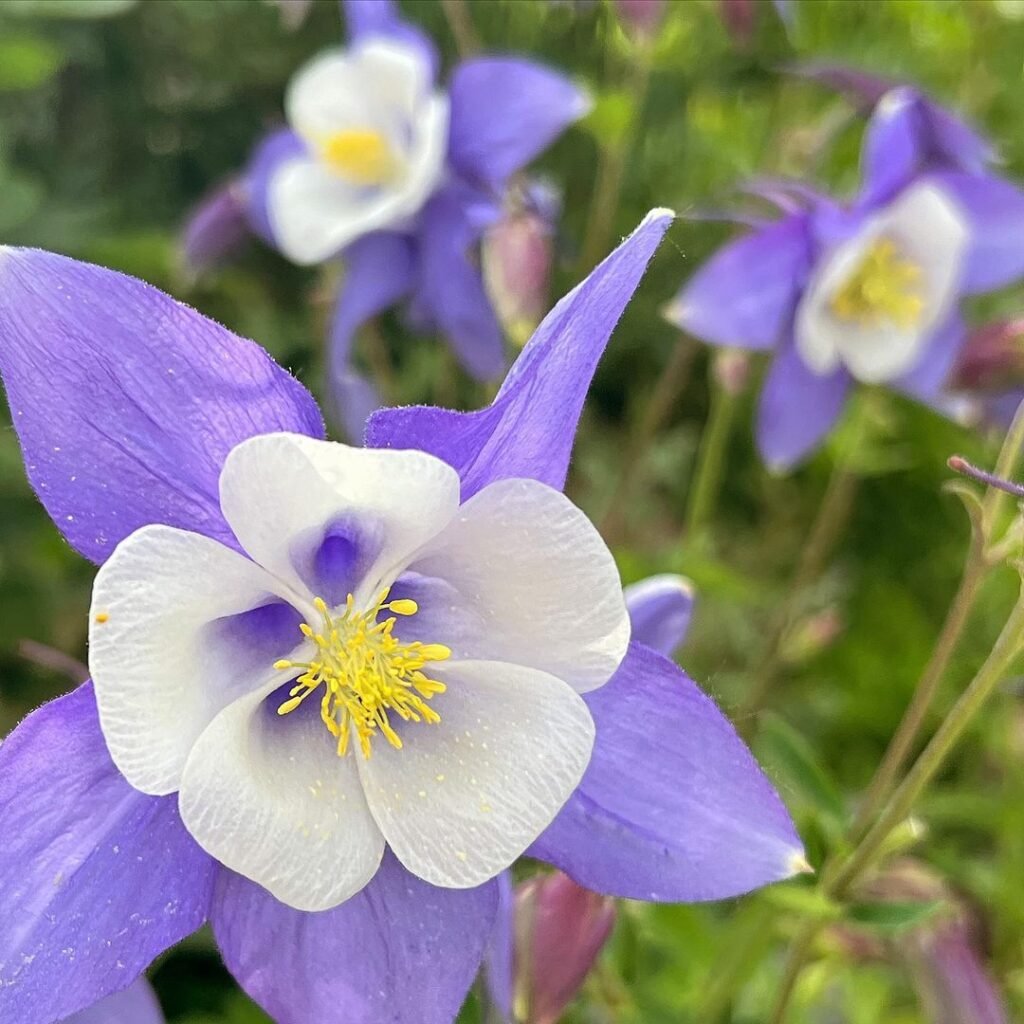
Columbines are a must for shade gardens. Their unique, bell-shaped flowers come in a variety of colors and attract hummingbirds. Plant seeds in fall for a springtime show.
5. Larkspur (Delphinium)
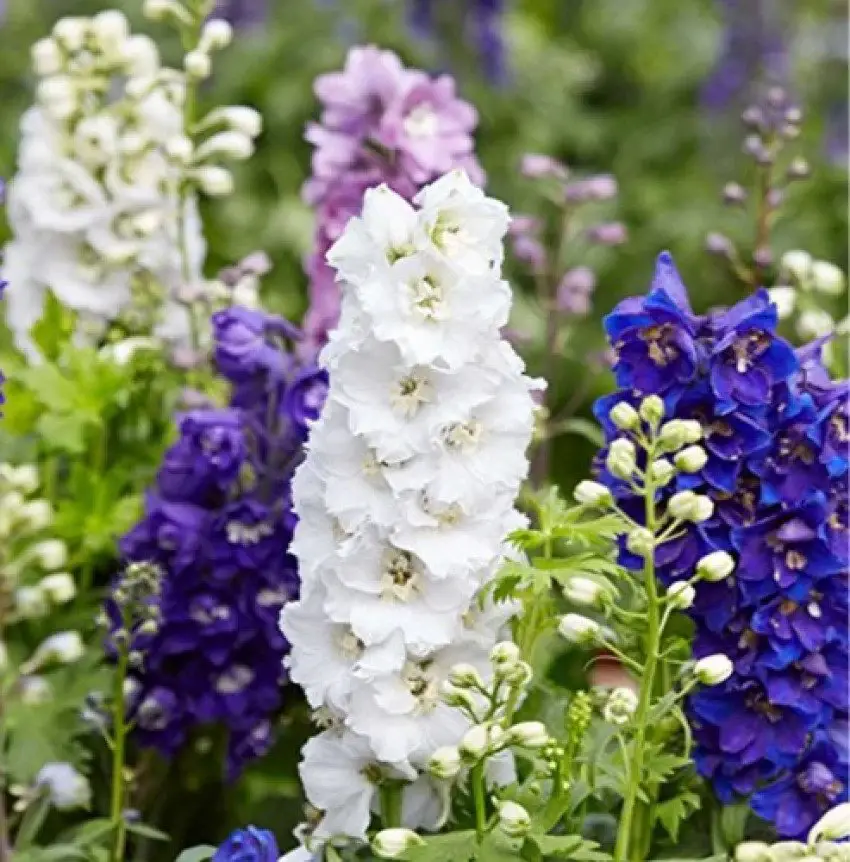
For cottage garden vibes, larkspur’s tall spikes of blue or pink blooms are unbeatable. They self-seed readily—ideal for low-maintenance gardens.
6. Poppy (Papaver)
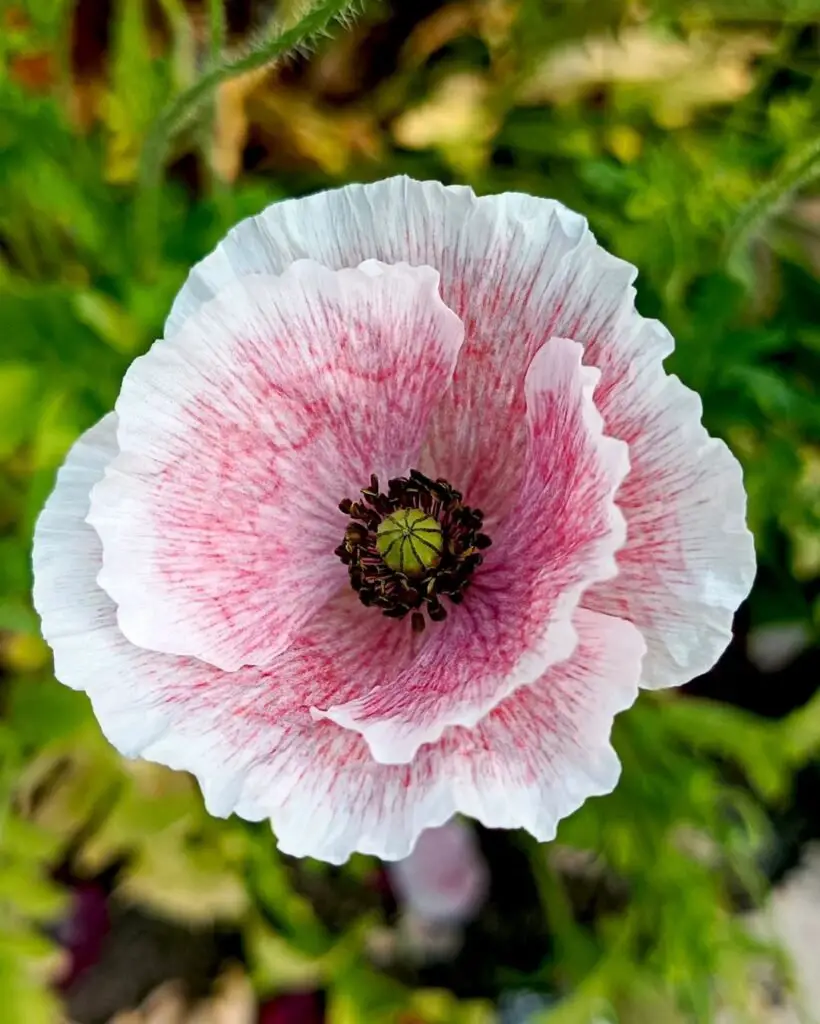
Poppies bring a burst of color to any garden with their bold red, orange, or pink petals. They’re easy to grow from seed and thrive in Oklahoma’s fall-planted conditions.
7. Cornflower (Centaurea cyanus)
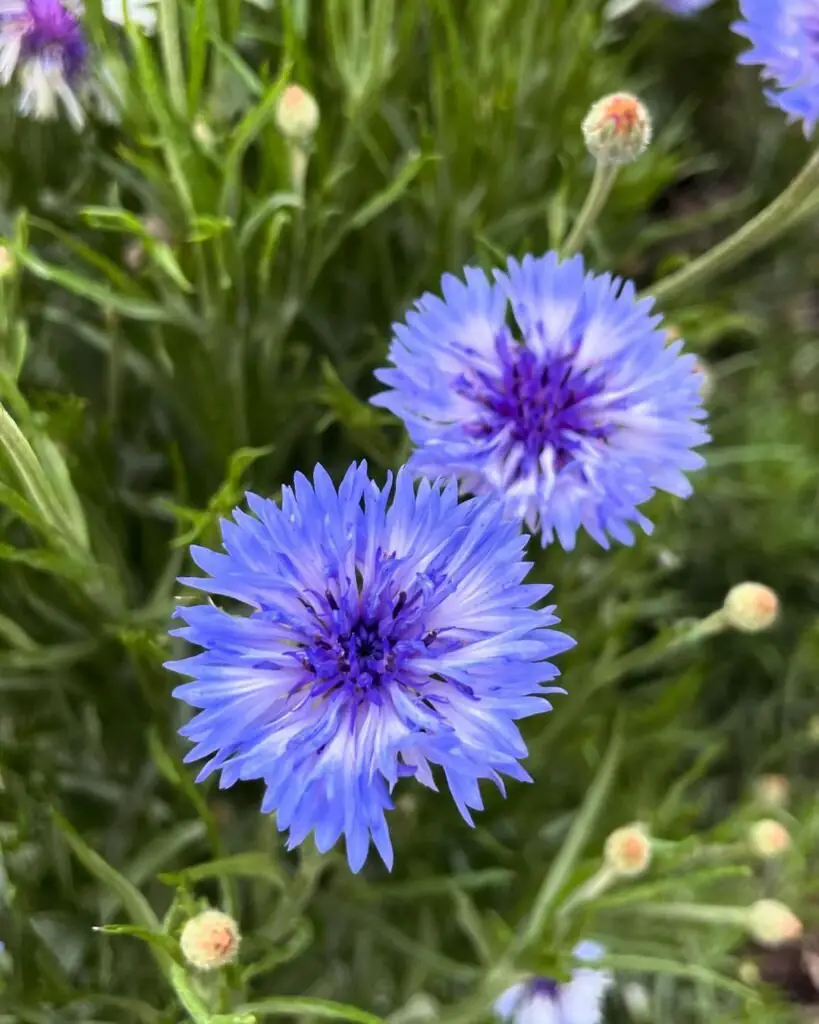
Also known as bachelor’s buttons, cornflowers are a classic choice for their vivid blue blooms. They’re low-maintenance and perfect for cutting gardens.
8. Texas Bluebonnet (Lupinus texensis)
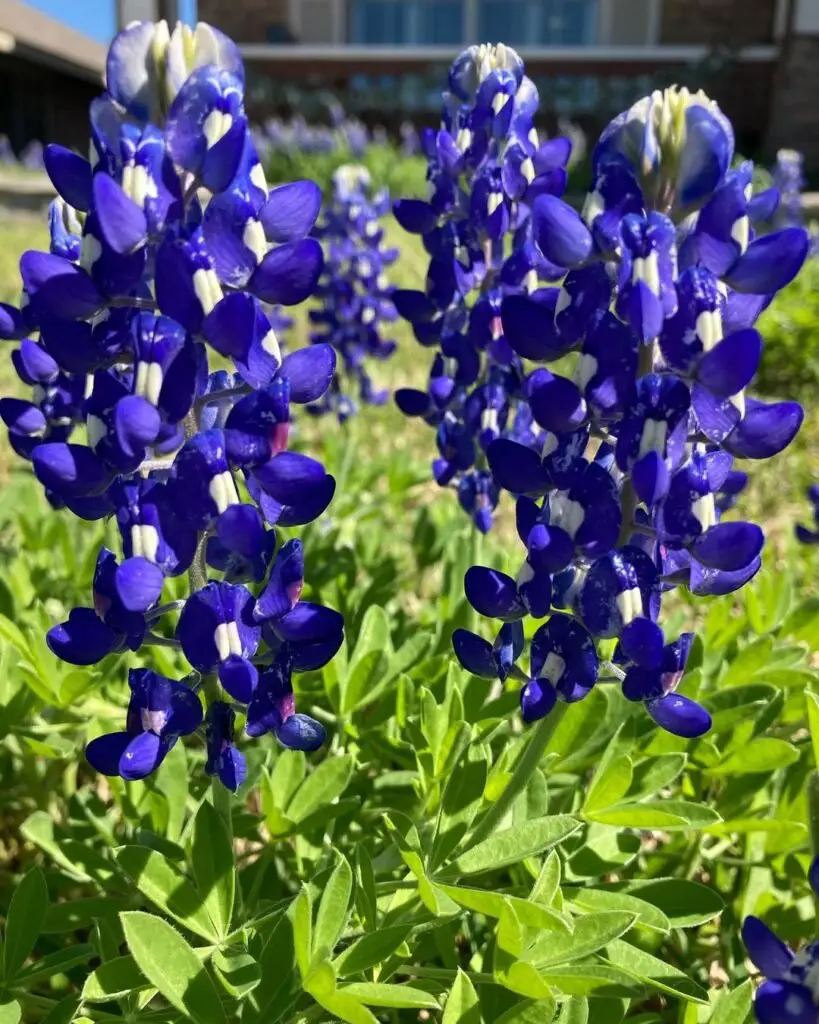
While technically a Texas native, bluebonnets grow beautifully in Oklahoma. Their iconic blue spikes add a touch of charm to any garden. Plant seeds in fall for a breathtaking spring bloom.
9. Cosmos (Cosmos bipinnatus)
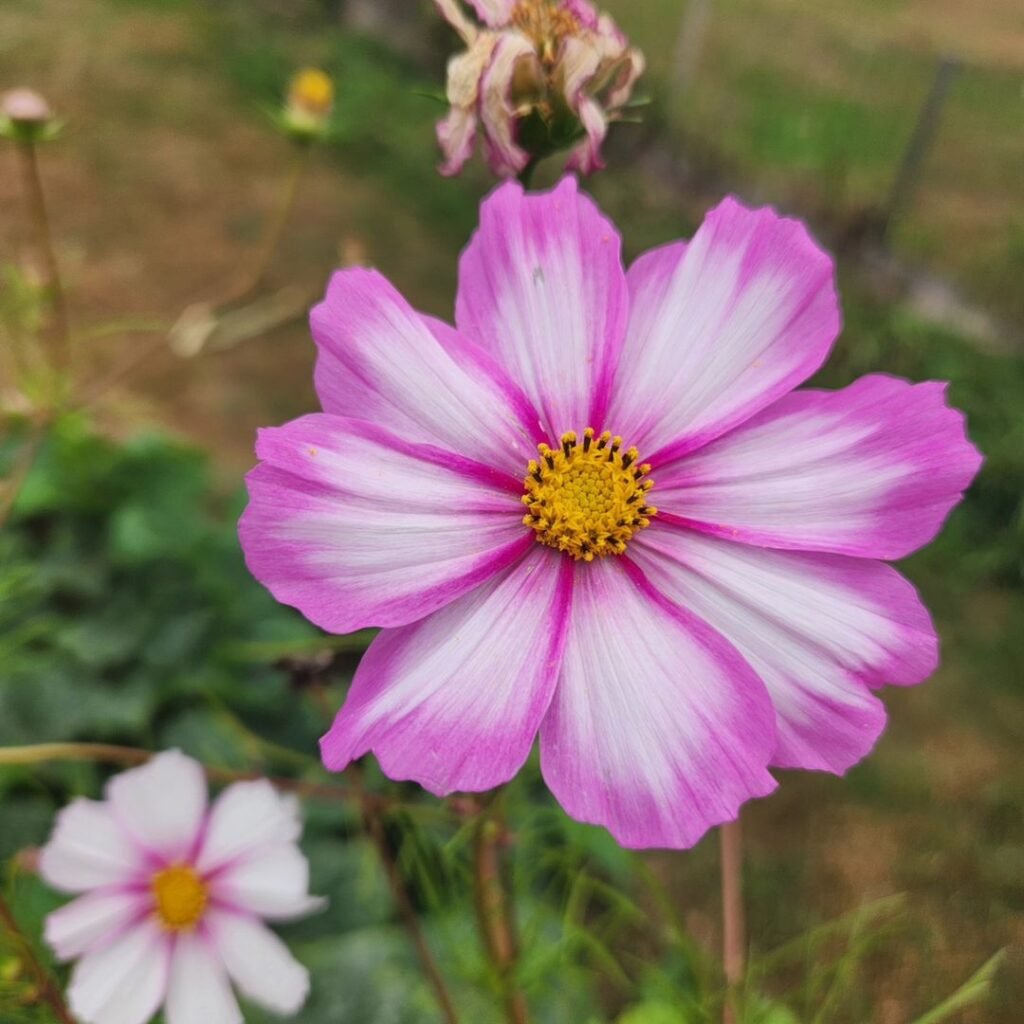
Cosmos are one of my all-time favorites for their delicate, daisy-like blooms and feathery foliage. They’re drought-tolerant and attract pollinators like bees and butterflies. Plant seeds in October for a stunning summer display.
10. Plains Coreopsis (Coreopsis tinctoria)
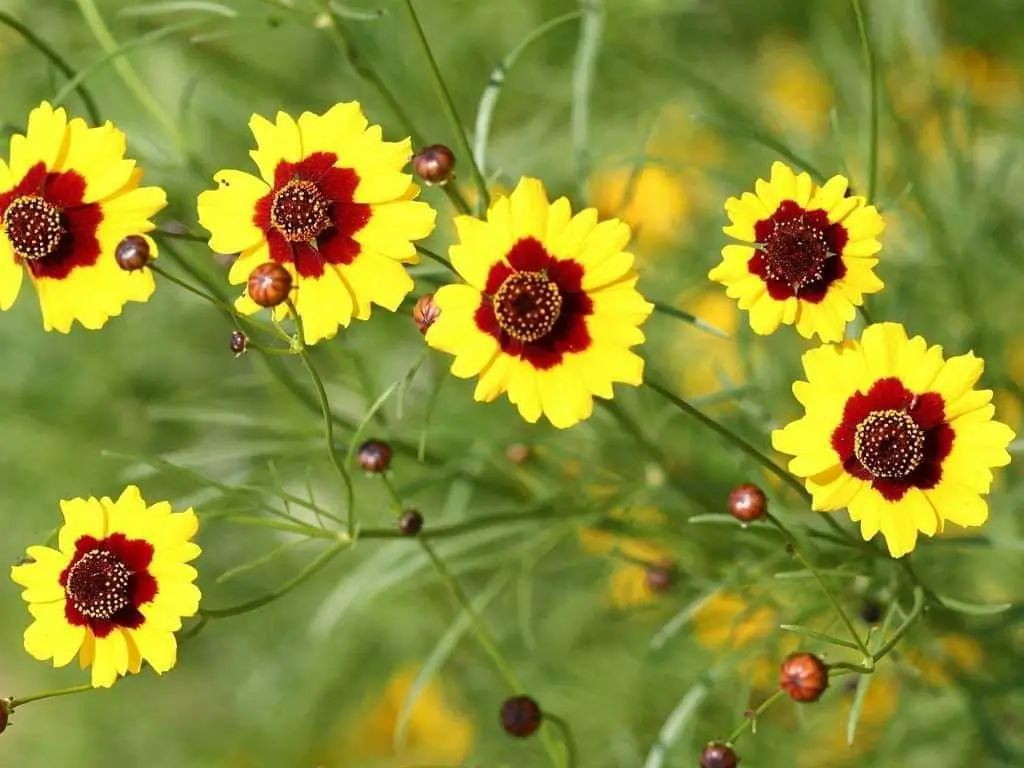
This vibrant yellow-and-red wildflower is a showstopper in any garden. It’s incredibly easy to grow and thrives in Oklahoma’s climate. Scatter seeds in fall, and enjoy a sea of color by late spring.
What to Plant in October in Oklahoma
October is the sweet spot for fall sowing. The soil is still warm (60–70°F), but frost isn’t yet a threat. Here’s my October checklist:
- Direct Sow: Poppies, coreopsis, and bluebonnets.
- Prep Soil: Mix compost into beds to boost nutrients. I use my homemade blend—learn how in my fall soil preparation guide.
- Mulch: Apply straw or shredded leaves after planting to retain moisture.
Personal story: Last October, I experimented with Oklahoma native wildflowers like Indian Paintbrush. By April, my yard looked like a prairie preserve!
Where to Find Oklahoma Wildflower Seeds
While “oklahoma wildflower seeds free” searches are tempting, quality matters. Here are my trusted sources:
- Local Nurseries: They stock region-specific varieties.
- Oklahoma State University Extension: Offers free guides (and occasional seed swaps!).
- Seed Companies: Look for “native Oklahoma” labels.
For budget-friendly options, save seeds from your existing plants. My guide to harvesting seeds simplifies the process.
Oklahoma Native Wildflowers: Low-Effort, High-Impact
Native plants are adapted to our climate, needing less water and care. My top picks:
- Blue Sage (Salvia azurea): Drought-resistant with sky-blue blooms.
- Prairie Blazing Star (Liatris pycnostachya): A butterfly favorite.
- Goldenrod (Solidago): Ignore the allergy myths—it’s a pollinator powerhouse!
Check the Lady Bird Johnson Wildflower Center database for more species.
A Note on Fall Vegetables in Oklahoma
While flowers steal the show, don’t overlook veggies! Pair your blooms with fall vegetables to plant in Oklahoma like kale, spinach, and garlic. They’ll coexist beautifully—my kale often outlasts December frosts!
Oklahoma Planting Guide 2025: Key Takeaways
Though the 2025 planting guide isn’t out yet, trends remain consistent:
- Zones 6–7: Most of Oklahoma falls here. Verify your zone via the USDA Plant Hardiness Map.
- First Frost Dates: Northern OK: late October; Southern OK: mid-November.
Final Tips for Fall Planting Success
- Water Wisely: Keep soil moist until germination.
- Label Beds: Trust me—you’ll forget what’s planted where!
- Be Patient: Some seeds, like milkweed, may take weeks to sprout.
Ready to Transform Your Garden?
Fall planting in Oklahoma is like giving your garden a head start. With these seeds and tips, you’ll enjoy a riot of color come spring. For more insights, explore my Oklahoma planting guide or dive into native plant landscaping ideas.
Happy planting, fellow dirt enthusiasts! 🌱

